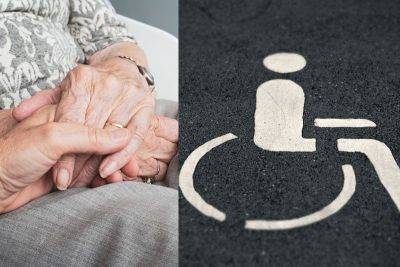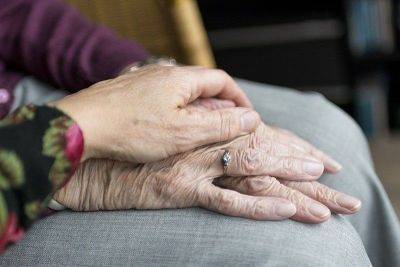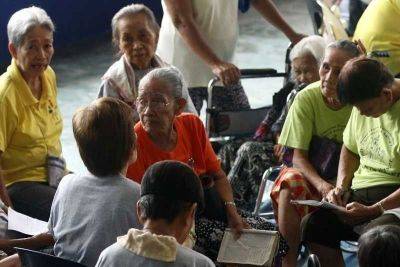Senior moments
As of 2020, there were 9,242,121 senior citizens or those above 60 years old in this country, as recorded by the Philippine Statistics Authority.
The PSA is projecting the Philippine population to have hit about 112 million in 2023, although some foreign economic consultancies place the number at over 118 million.
The official PSA figure for seniors would have changed since 2020. Even with high COVID deaths among the elderly during the pandemic, however, it’s likely that the figure would not have changed dramatically.
That would still constitute about eight percent of the Philippine population. Many seniors retire with disposable income – a consumer and audience segment that remains under-tapped in our economy.
In our developing country, however, many others need financial and other forms of support in their twilight years. Those millions of senior citizens are surely glad that benefits granted by the government continue to increase.
Beyond cash gifts and discounts for a broad range of goods and services, however, seniors will also appreciate more opportunities to remain productive and financially independent.
And they will appreciate more facilities for caring for the debilitated elderly, which is a challenge especially for low-income families.
* * *
Based on current demographic trends, the Commission on Population and Development estimates that the country will have an aging population by 2030. As defined by the CPD, this is when the number of those aged 60 and older increases significantly while the number of those aged 15 and below decreases.
In 2022, the Philippine fertility rate stood at 1.9 children per woman – down from 2.7 in 2017 and 4.1 in 1993. The 1.9 is already below the replacement fertility level of 2.1 children per woman, according to the PSA.
US-based Macrotrends LLC has different figures. As of 2024, it estimates the Philippine fertility rate at 2.43 births per woman, down from seven in 1950. The consulting firm meanwhile sees Philippine life expectancy improving from 55 years in 1950 to 71.79 in 2024.
Improvements in medicine, health care, nutrition and lifestyles have raised life expectancy in the Philippines and in many other







